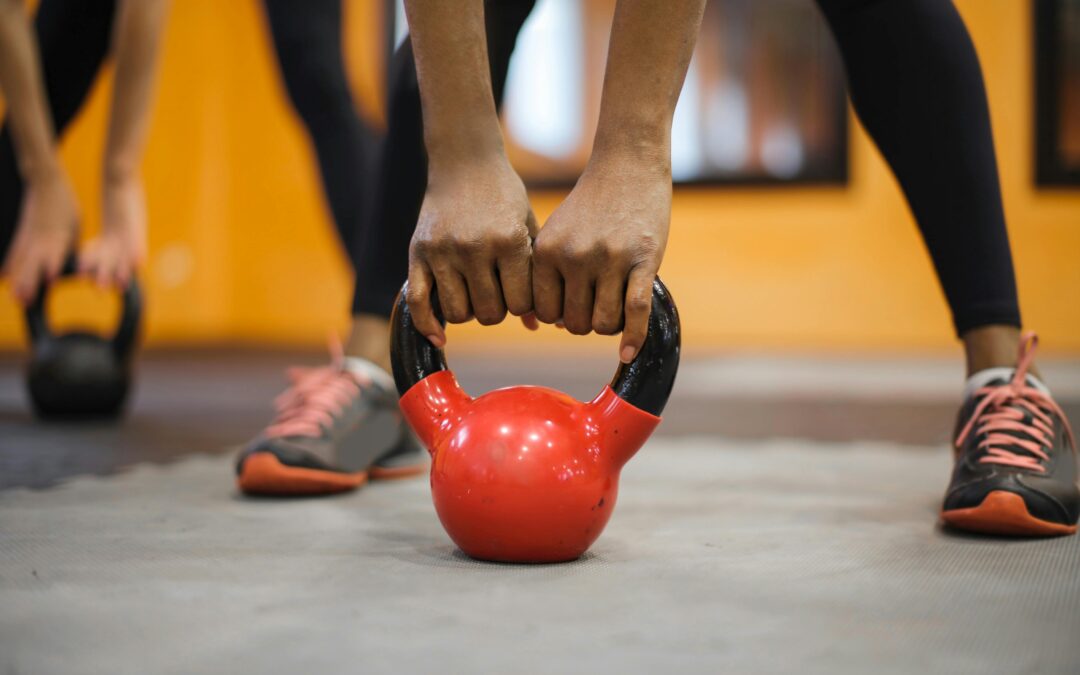
How to Find your Sunscreen Soulmate: Tips and Tricks
Written by our Clinic Assistant, Hailey Duggirala
It’s finally starting to warm up! The days are longer, brighter, and full of exciting outdoor activities. Whether you’re taking a much-awaited tropical vacation, embarking on a long weekend hike, or just taking your dog out for a stroll around the neighborhood, it’s important to protect your skin from sun damage. But with more and more brands promising to provide the “best” quality sun protection for your money, it can be difficult to pick a product that’s right for you.
To help you get started, here are a few tips and tricks worth considering:
Step One: Look for Green Flag Ingredients and Qualifiers
There are a lot of buzzwords around the perfect skincare–so what really matters? When looking for a high-quality sunblock, you’ll want to grab something broad-spectrum. This means that the product is equipped to protect you from multiple kinds of harmful sun rays. This is important for maintaining the longevity of your skin, as well as preventing sun-damage related diseases like skin cancer.
You will also want to find a product with SPF 30 or higher, the rating recommended by the American Academy of dermatology. SPF, which stands for “Sun Protection Factor,” is a measurement of how effectively a sunscreen is protecting your skin, so it’s important to make sure to keep a high-rating in mind.
If you plan on swimming or frequently perform strenuous exercise, it might also be worth looking for a water-proof sunscreen. This option would help to protect your skin better in cases where other sunscreens may simply wash off or lose effectiveness more quickly. It is important to remember that, even when wearing a waterproof sunscreen, you will need to reapply every 40 to 80 minutes when sweating or swimming.
Step Two: Avoid Red Flag Environmental and Human Toxins
All skin deserves sunscreen, but not all products advertised as sunscreen deserve to be on your skin (or, for that matter, in our oceans). Some common sunscreens in the United States include known human and environmental toxins, including:
- Oxybenzone or benzophenone-3
- Avobenzone
- Homosalate
- Octinoxate
- Octocrylene
- Octisalate
While scientists have a variety of concerns regarding the use and application of these chemicals–including worries about hormone disruption, carcinogenic properties, and environmental destruction–they are still incredibly common on the sunscreen market. By doing your own research into these and other ingredients in your sunscreen, you arm yourself with the knowledge and confidence to make decisions that you feel good about.
Step Three: Mineral VS Chemical
There are two kinds of sunscreen available to us as consumers; mineral and chemical. The formula that’s best for you will depend on your individual skin needs, such as skin sensitivity and skin type. If you have sensitive skin, you may prefer a mineral sunscreen with zinc oxide or titanium dioxide. While effective, this sunscreen is less likely to irritate sensitive skin when compared to a chemical sunscreen.
If you often find yourself disliking your sunscreen because it leaves a white cast on your skin, you may prefer to use a chemical sunscreen. As many of these kinds of sunscreen are clear rather than white, and don’t rely on mineral blockers that add pigment to the formula, you might find that they better suit your skin. Though chemical sunscreen can absolutely be a good option–and may even be more effective than their mineral counterparts at blocking harmful sun damage–it is especially important to be mindful of the ingredients in your product, as many of the toxic chemicals we discussed earlier on are most present in this type of sunscreen (though there are still great choices on the market!).
Step Four: Trial and Error
The truth is, we don’t always get it right on the first try, and it can be hard to navigate all of the ingredients, considerations, and personal skin needs that go into making a decision about sun protection. One way to parse through the products available is to use the Environmental Working Group (EWG)’s list of certified products. Their approved products are carefully screened for environmental toxins, and you can sort out harmful ingredients like human toxins using their handy sorting tool, which allows you to select specific criteria (including cancer risk and allergen concerns) when searching their directory.
With so many incredible and diverse products on the market, there’s no reason to settle for one that you don’t love. Sun protection and healthy skin are worth investing in, so don’t be afraid to test out a couple of different sunscreens until you find your perfect fit. There are plenty of choices out there, each designed to support a different set of skin needs–products with moisturizer, mattifying formulas, sunblocks that double as makeup primers or color correctors. With a little patience, time, and research, you can find a sunscreen that protects your skin and blends seamlessly into your skincare routine–year round!


Recent Comments